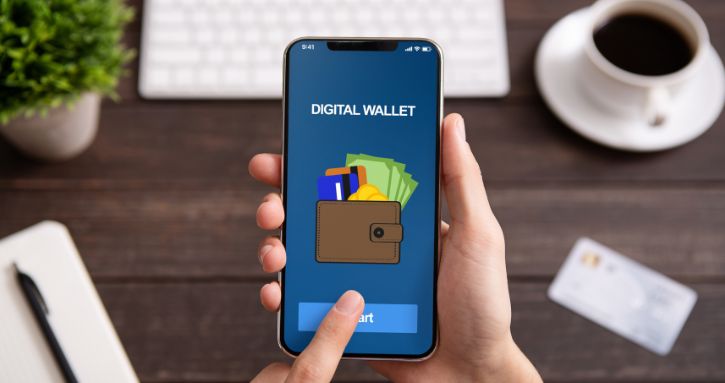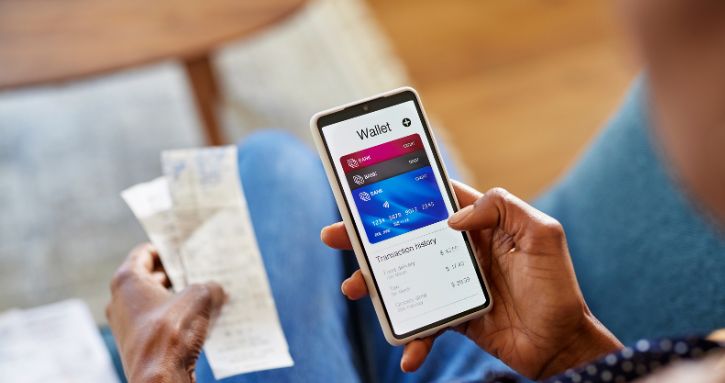The Digital Wallet Evolution in 2023
Digital wallets have revolutionized how we handle money, bringing speed, security, and convenience to financial transactions. In 2023, it’s a pertinent moment to explore their role and consider whether they are the optimal choice for the year ahead. Mobile wallets, web-based services, and cryptocurrency wallets, have transitioned the concept of traditional wallets into a seamless, cashless experience. They offer secure storage and management of various payment methods, catering to the shift towards digital and contactless payments.
However, the decision to fully embrace digital wallets in 2023 hinges on your unique financial needs and the ever-changing financial landscape.
What Are Digital Wallets?
Digital wallets, often referred to as e-wallets or mobile wallets, are digital counterparts of traditional wallets. They serve as secure and efficient platforms for storing and managing various payment methods, including credit cards, debit cards, and even cryptocurrencies. These versatile tools have become a foundation of modern finance, offering users a cashless experience for both online and offline transactions. As per Forbes, over half of individuals (53%) now prefer using digital wallets over traditional payment methods for their financial transactions.

At their core, digital wallets eliminate the need for physical cash or traditional payment methods by allowing users to load their financial information onto a digital platform, typically accessible through a mobile app or web-based service. This transformation in the way we handle money has not only simplified transactions but also enhanced security, making digital wallets an integral part of our financial lives. They offer a convenient and centralized hub for users to access and manage their payment methods with ease, and their role in the evolving financial landscape is set to expand even further in the coming years.
Types of Digital Wallets
- Mobile Wallets
Mobile wallets, like Apple Pay, Google Pay, and Samsung Pay, are perhaps the most widespread form of digital wallets. These applications allow users to store and manage their payment methods securely on their smartphones. Mobile wallets have gained prominence for their seamless integration with contactless payment systems, making transactions at both online and physical stores swift and effortless.
- Cryptocurrency Wallets
With the surge in popularity of cryptocurrencies such as Bitcoin and Ethereum, cryptocurrency wallets have emerged to cater to the growing digital currency market. These wallets, like Coinbase and Crypto.com, are specifically designed to securely store and manage digital assets. They come in various forms, including software, hardware, and paper wallets, each with its unique features to accommodate the diverse needs of cryptocurrency enthusiasts.

- Online Payment Platforms
In addition to mobile and cryptocurrency wallets, there are online payment platforms like PayPal, Venmo, and Square Cash. While not traditional digital wallets, these platforms allow users to store funds and make electronic payments, bridging the gap between physical wallets and the digital world. They’re especially popular for e-commerce transactions and peer-to-peer payments.
- Digital Bank Wallets
Digital banks, such as Chime and N26, offer digital wallets as part of their banking services. These digital bank wallets often come with enhanced features, including early direct deposit, budgeting tools, and financial insights, making them a holistic financial management solution for users.
- Retailer-Specific Wallets
Many major retailers, including Walmart, Starbucks, and Target, offer their own digital wallets. These retailer-specific wallets are primarily designed for in-store and online purchases at the respective retail chains, often providing users with loyalty rewards and discounts.
- Cross-Platform Wallets
Some digital wallets, like PayPal and Skrill, are cross-platform solutions, allowing users to integrate and manage various payment methods, including bank accounts, credit cards, and cryptocurrencies, in one place. This versatility makes them a popular choice for those seeking a unified and user-friendly financial management experience.

Conclusion
2023 brings a wave of innovation and evolving trends. Two standout trends are expected to shape the landscape: the continued surge in cryptocurrency wallets and the integration of voice-activated payments. Cryptocurrencies like Bitcoin and Ethereum are driving the demand for secure crypto wallets, making digital wallets essential for seamless crypto transactions and investments. Meanwhile, the proliferation of voice assistants like Alexa and Siri is set to revolutionize payment methods by allowing voice-activated transactions, and simplifying everyday payments, from shopping to utility bills.
Anticipating the role of digital wallets in 2023, they are likely to be the primary choice for financial transactions, offering convenience and security. The digital wallet ecosystem is poised to incorporate loyalty programs and rewards, with the potential for seamlessly handling not just traditional currencies but also cryptocurrencies. Furthermore, the influence of digital wallets is expected to expand into various sectors, spanning healthcare, transportation, and beyond, offering streamlined, secure payment solutions for a wide array of services. As the financial landscape evolves, digital wallets are positioned to be a central and versatile tool in shaping our interactions with the world of finance.
Resources:





